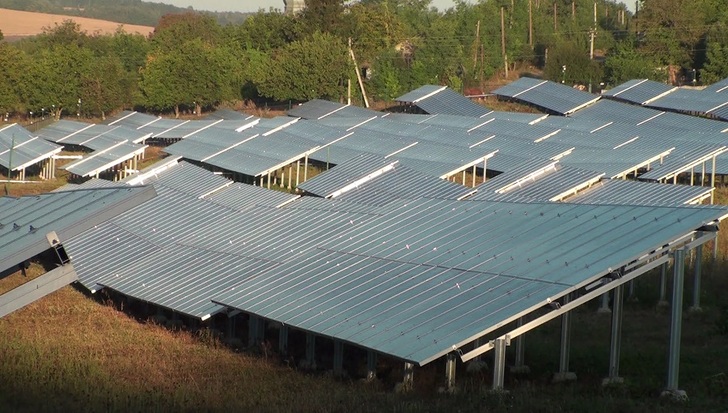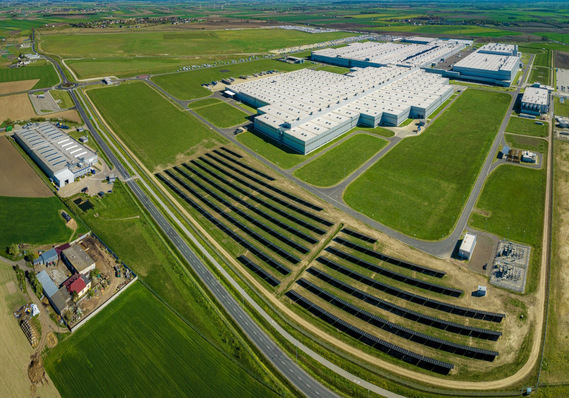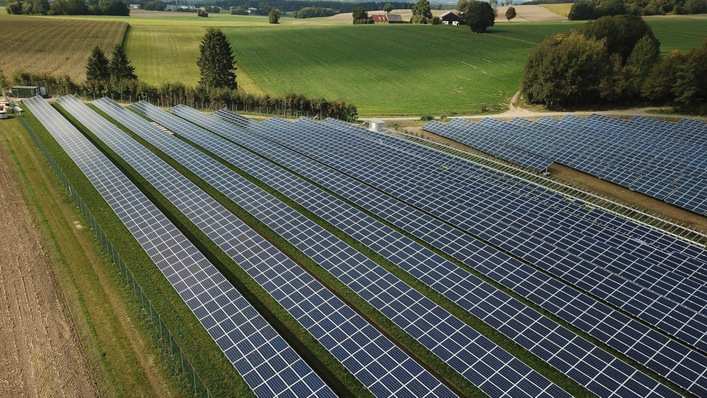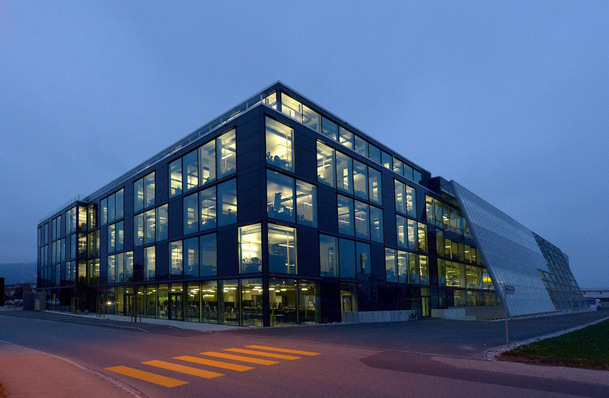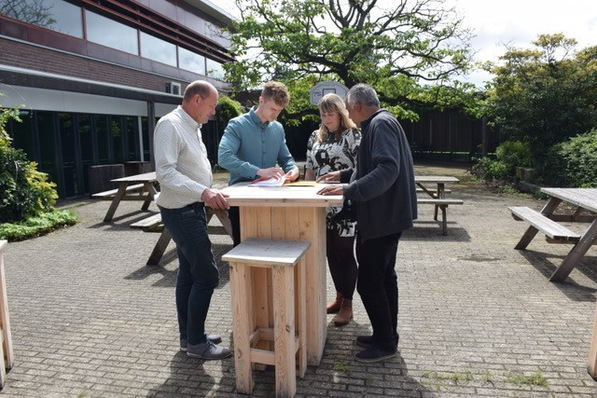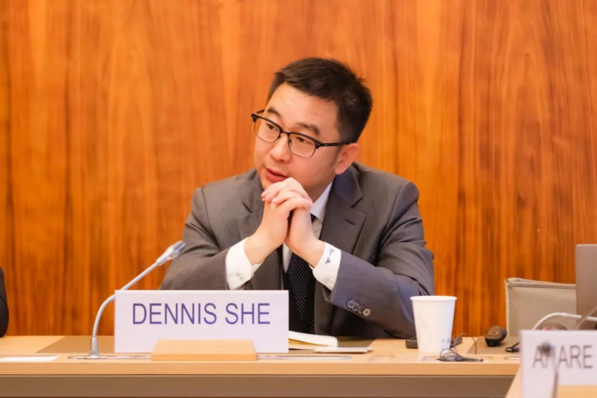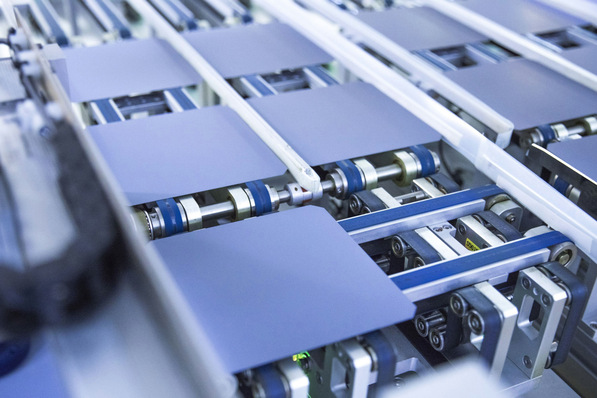The implementation of the feed-in tariffs (FITs) in Ukraine has significantly changed the energy map of the country. Until 2010 there were few companies operating on the Ukrainian renewable energy market, but in 2017 the number of players increased up to 209 and these dynamics are actively going on. At the same time, the green tariff rate has significantly decreased, in particular, for the solar energy sector.
In 2009, the total rate of the FIT for solar energy industry amounted to 6,624 UAH per 1 kW/h without application of any coefficients. In other words, with the euro to hryvnia exchange rate equal to 11.72 UAH the basic green tariff rate amounted to 0.3945 euros.
Initially, the state intended to reduce the FIT valid until 2030, in three main stages (in 2014, 2019 and 2024). But in practice, the tariff reduction is occurring gradually and constantly. Since the tariffs are tied to foreign currency, namely to the euro, the adjustment of the rates also occurs several times a year considering the unstable currency exchange rate.
As of July 1st, 2017, the Ukraine’s green tariff for electricity generated by land-based photovoltaic power stations (PPS) with the capacity of up to 10 MW amounts to 0.155 euros. In general, the dynamics of the green tariff reduction in Ukraine are provided below.
| Sector/year | Feed-in tariff rates in euro per 1 kW/h excluding VAT | ||||
| 2009 | 2014 | 2015 | 2016 | 2017 | |
| Wind | 0,1131 | 0,1070 | 0,1172 | 0,1145 | 0,1096 |
| Biomass | 0,1239 | 0,1173 | 0,1284 | 0,1254 | 0,1201 |
| Biogas | 0,1239 | 0,1173 | 0,1284 | 0,1254 | 0,1201 |
| Land-based solar power station | 0,4653 | 0,4405 | 0,2679 | 0,1718 | 0,1550 |
| Rooftop solar power stations with the capacity of more than 100 kW | 0,4459 | 0,4221 | 0,3616 | 0,4516 | 0,4322 |
| Rooftop solar power stations with the capacity of up to 100 kW | 0,4265 | 0,3395 | 0,3717 | 0,3632 | 0,3476 |
| Small hydroelectric power plants | 0,0775 | 0,1101 | 0,1205 | 0,1827 | 0,1127 |
At the same time, by 2019 the FIT is expected to decrease by 20% and by 30% by the year 2024 compared to the initial tariff rate.
Solar Rooftoop installations
In the last year, along with major projects, the sector of residential PV installations has also been actively developing in Ukraine, but such stations have capacity restrictions. Before 2015 private stations were allowed to have the maximum capacity of 10 kW, however after the new initiatives adopted in 2015 they are now allowed to reach the capacity of 30 kW.
Also, before 2015 in order to obtain the green tariff the state required to have a mandatory “local component” without giving bonuses to those who were using the locally produced equipment. Starting from 2015 having the local component is not necessary anymore, but the stations using equipment produced by Ukrainian manufacturers have been rewarded with extra bonuses ranging from 5% to 10% paid in addition to the green tariff, provided that they use from 30% to 50% of local resources, respectively.
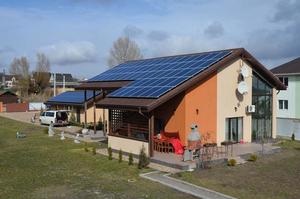
It should be noted that, despite the constant reduction of the FIT rate for enterprises and the public, for the investors using the green tariff the profit is guaranteed by the state. At the moment, the cost of equipment necessary for the production of renewable electricity is constantly decreasing, and the internal rate of return exceeds 20%. By the way, in most European countries this indicator (IRR) is considered to be “good” even when it ranges within 10%.
Forecast
So far, Ukraine has managed to achieve only a figure of 2% of alternative energy supply. However, having joined the Energy Community in 2016, Ukraine assumed the obligation to increase the country’s consumption of alternative electricity up to 11% by 2020. This fact is assessed by investors as a significant and positive argument in favor of implementing projects in Ukraine.
On July 31st, 2017 deputies of the Ukrainian Parliament (the Supreme Council of Ukraine) introduced amendments to a number of legislative acts on the electric power industry, which will stimulate the use of household waste as a source of alternative energy. At the same time, only sorted household waste will be considered as such a source. The new initiatives will oblige manufacturers to monitor the quality of packaging and its disposal.
On August 1st, 2017, a number of people’s deputies representing various political factions put forward a proposal for the Supreme Council of Ukraine to apply the green tariff for electricity generated from domestic waste (garbage).
Along with solar energy, which is currently the most growing sector in Ukraine, in the last year, wind energy and biomass energy have also started to develop actively. Green tariffs for these types of energy sources are also considered by investors to be among the most attractive in Europe. In this regard, the forecast that predicts the renewable energy market growth for 2018 (doubling of installed capacity up to 2 GW) seems to be quite realistic. (IN/HCN)
IB Centre is organizer of coming SEF 2017 KYIV, 9th Sustainable Energy Forum and Exhibition of Eastern Europe.
Watch the video of a Fronius project
Stay informed, get our free newsletter twice a week, register here
More useful information:
http://www.pveurope.eu/News/Markets-Money/Strong-solar-and-renewable-energy-growth-in-Ukraine
http://www.pveurope.eu/News/Markets-Money/Ukraine-stimulates-investments-of-European-solar-companies

